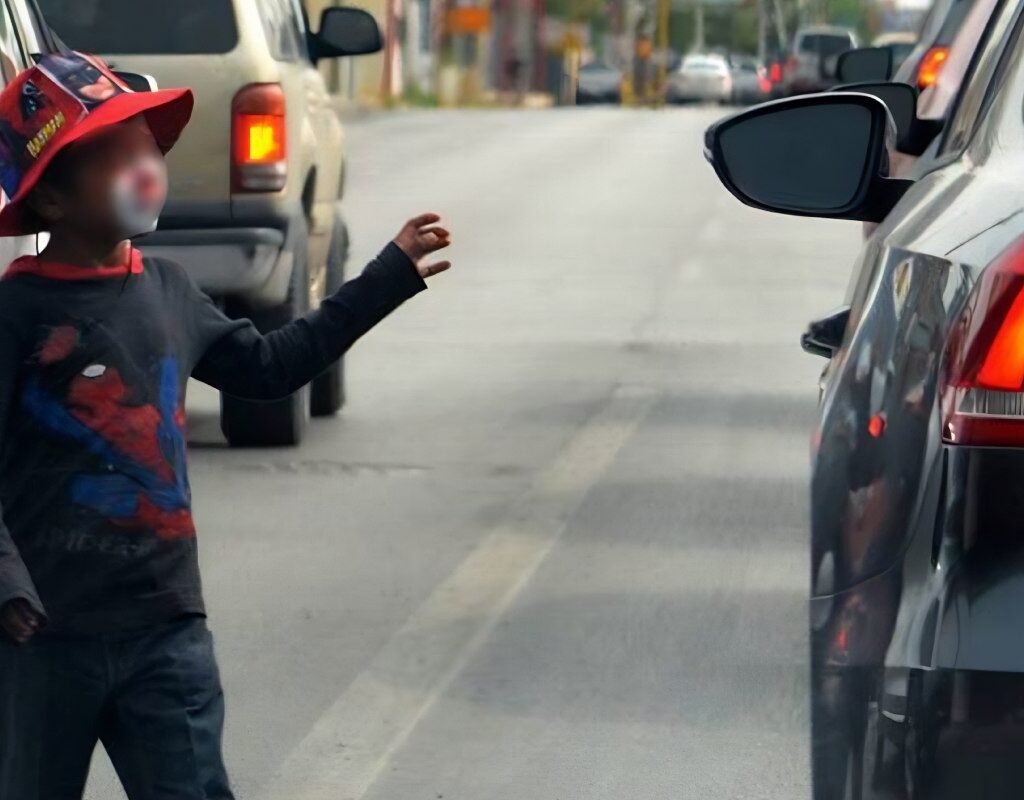Cities are melting pots of contrasts, stages where wealth and poverty intertwine in a complex dance of inequality. Yet amidst this tumult of privilege and deprivation, sometimes, an act of sheer humanity emerges that makes us question our understanding of the chasm between these two worlds.
Urban Contrasts: A Bread, a Hope in Santo Domingo
The Diversity of Stories in the Dominican Streets
The scene I describe took place in the Dominican capital, a place where socio-economic disparities brazenly parade before everyone’s eyes.
On an ordinary midday, at peak traffic hour, vehicles formed a metallic chain, winding its way slowly through the city’s arteries. The heat was so intense it seemed to permeate the tinted car windows, making the air conditioning lose its cooling charm.
It was against this backdrop that a black vehicle, driven by a woman with a girl in a school uniform in the backseat, caught my gaze.
While some sought refuge in the comfort of their cars, others, less fortunate, were directly exposed to the sun’s relentless grip. Among them, a barefoot boy, his skin bearing marks of hardship, tried to capture the attention of the drivers, hoping for a small act of charity. With a simple gesture, he indicated his wish for a coin. Yet, indifference was the only response to his plea.
At first glance, the scene was a tangible reflection of a society where inequality has become the norm. Injustice, apathy, and a lack of fairness dominated this urban standstill. But what unfolded next shifted the narrative entirely.
Unexpected Blessings
The Bread that Renewed Faith Amid Dominican Gridlock
Between Traffic and Apathy: The Stirring Power of a Simple Gesture
As he approached the car, the boy shifted his strategy. This time, with one hand on his stomach and another on his mouth, he signaled the hunger consuming him. The driver, seemingly unaffected, chose to ignore him. But a change transpired at the rear window. Slowly, it rolled down, unveiling the little passenger in the back. The girl, with an expression of empathy beyond her years, communicated with him without words.
It was then that this sheltered soul, ensconced in the car’s embrace and assured of education and nourishment, reached out to the boy. She pulled a piece of bread, carefully wrapped in a napkin, from her lunchbox and handed it to him. For that boy, the bread wasn’t merely sustenance; it was a beacon, a symbol that even amidst disparity, there are gestures that bond us.
The traffic light shifted, bringing a close to this fleeting yet poignant exchange. But the impression it left was everlasting. It was not just a charitable deed, but a reminder that, even in the bleakest of settings, miracles can emerge, reigniting our faith in humanity.
Thus, in a midday traffic snarl, where both gridlock and inequality reigned supreme, a mere act of kindness became a miracle, a glimmer reminding us that humanity can shine in the most unexpected places.
A story recounted by Alicia Estévez.





